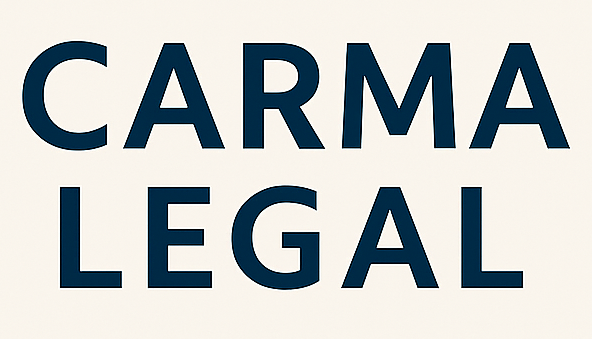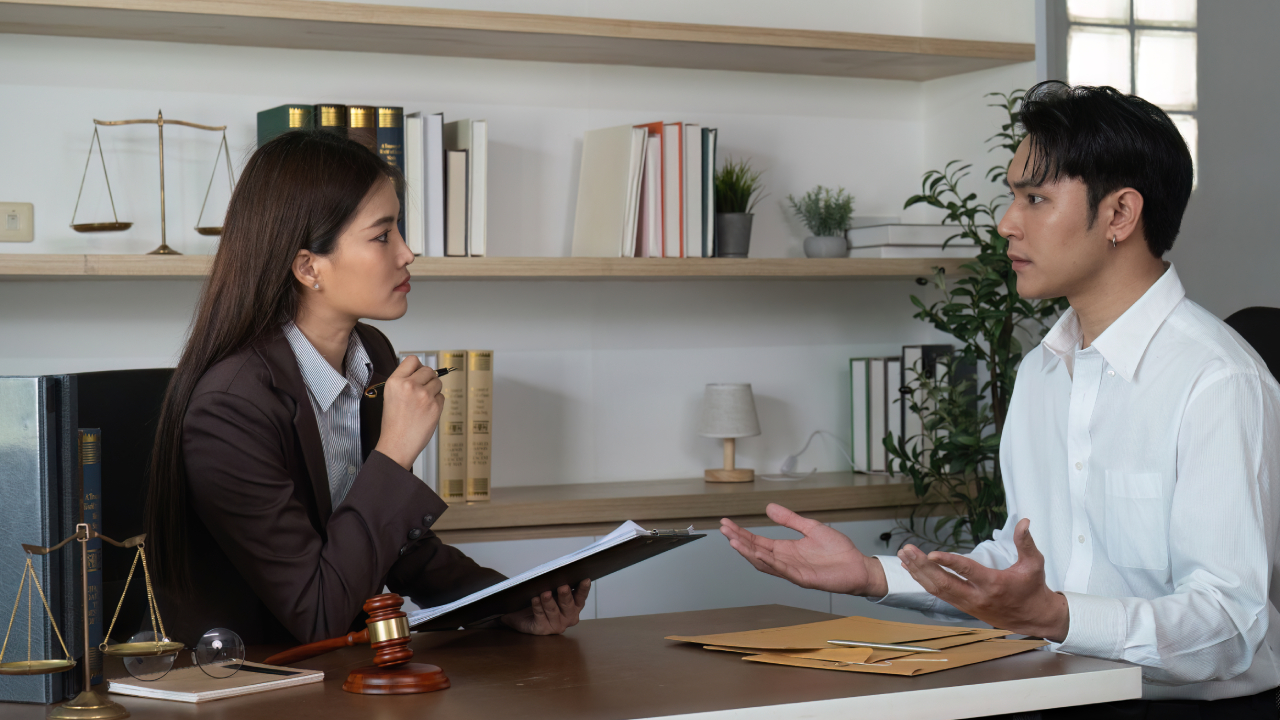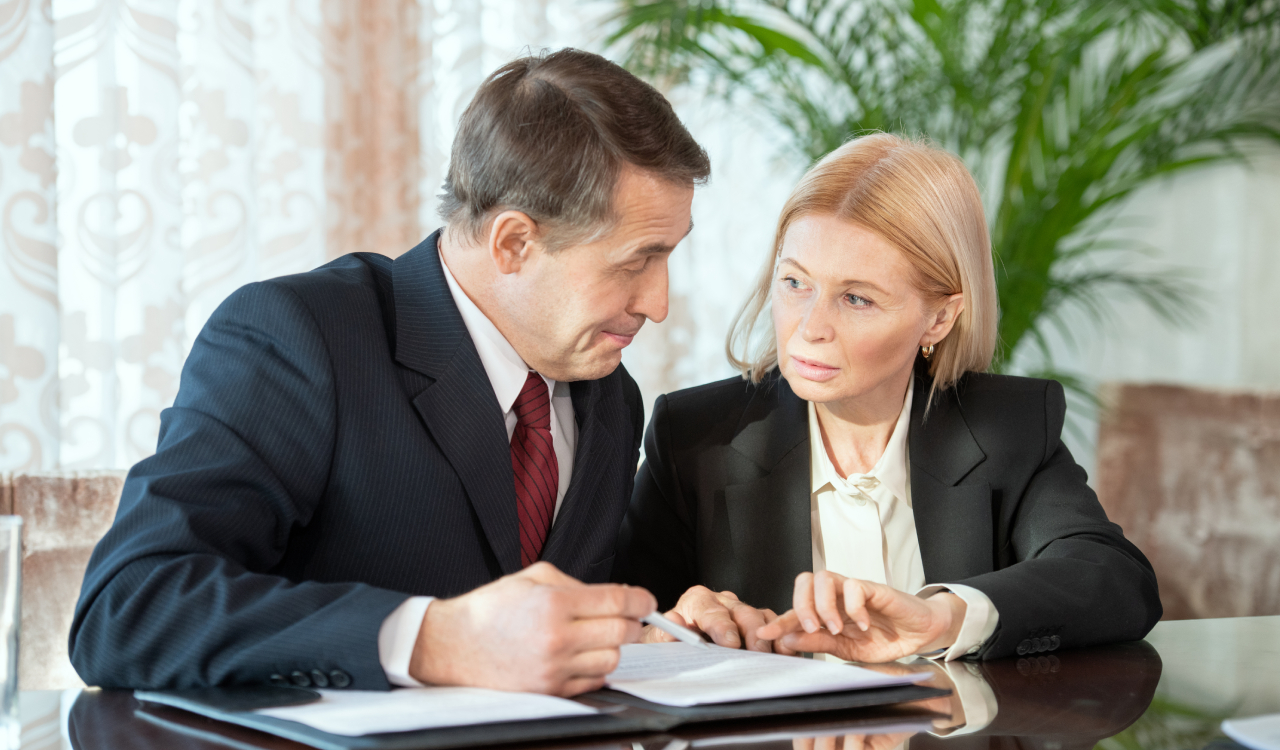If you slipped or tripped on uneven pavement, an uneven sidewalk injury lawyer can help you assert your rights and seek fair compensation. When property owners or municipalities fail to repair hazardous sidewalks, you may face serious injuries—from sprains and fractures to head trauma and long-term back problems. Understanding how premises liability applies to sidewalk accidents empowers you to take the right steps toward recovery and justice.
In this article, you’ll learn how duty of care governs sidewalk safety, what to do immediately after a fall, and why consulting a qualified attorney is critical. Whether the hazard was caused by tree roots, freeze-thaw cycles, or neglectful installation, you can pursue a claim to cover medical bills, lost wages, and pain and suffering.
Understand premises liability
Premises liability holds property owners and occupiers legally responsible for injuries that occur on their premises due to unsafe conditions. When you fall on an uneven sidewalk, you must show that the owner breached a duty of care, directly causing your injuries and resulting losses.
Definition and duty of care
Duty of care is the legal obligation property owners or municipalities owe to keep sidewalks reasonably safe for pedestrians. This includes routine inspections and prompt repairs of known hazards. If you slipped on a raised slab or cracked pavement, you’ll need to demonstrate that the responsible party knew or should have known about the defect and failed to address it.
Property owner responsibilities
- On private property, homeowners and business owners must maintain the sidewalks connected to their lots.
- Municipalities often oversee public sidewalks, though local ordinances dictate specific reporting and repair procedures.
- In some jurisdictions, government entities have immunity protections but must adhere to strict notice requirements.
Consulting a premises liability lawyer early on ensures you understand who holds liability and what evidence you need to build a strong case.
Identify uneven sidewalk hazards
Uneven sidewalks arise from various causes, each increasing the risk of trips and falls. Recognizing these hazards helps you document the exact reason for your accident.
Common causes of defects
- Tree roots lifting pavement
- Freeze-thaw cycles causing cracks
- Poor initial installation or materials
- Soil settling and ground movement
- Inadequate maintenance or delayed repairs
According to Goidel & Siegel LLP, tree roots and freeze-thaw damage are leading contributors to sidewalk unevenness, often going unaddressed until someone falls [1].
Typical injury types
Falls on improper sidewalk surfaces can lead to:
- Sprains and strains
- Fractures (wrist, hip, ankle)
- Head injuries and concussions
- Soft tissue damage
- Psychological impacts, such as fear of falling again
Older adults face an elevated risk of severe back injuries and spinal cord damage, which may require years of rehabilitation [2].
Environmental risk factors
- Poor lighting hiding elevation changes
- Debris or clutter on walkways
- Wet or icy conditions causing slippery surfaces
- Hidden holes covered by leaves or snow
By noting these conditions, you strengthen your claim that the property owner neglected to maintain a safe environment.
Document your accident scene
Thorough documentation following a sidewalk fall is crucial for substantiating your case. Effective evidence collection can make the difference between a successful claim and a denial.
Gather photographic evidence
- Take wide shots showing the overall scene
- Capture close-ups of cracks, bumps, and displaced slabs
- Photograph hazard markers, signage, or lack thereof
- Include contextual images of lighting and weather conditions
Collect witness statements
- Ask bystanders for names and contact details
- Record brief notes on what each witness observed
- Secure signed statements if possible
Report to authorities
- File a report with the property owner or manager
- Notify the local municipality if it’s a public sidewalk
- Request a copy of any official incident report
Prompt reporting signals to responsible parties and the court that you acted responsibly after your fall.
Seek medical attention
Even if you feel only minor pain initially, visiting a health professional as soon as possible protects your well-being and preserves vital documentation for your claim.
Importance of medical records
- Official records establish a direct link between the fall and your injuries
- Detailed reports of diagnosis, treatment, and prognosis support your damages
- Follow-up visits demonstrate ongoing care and treatment costs
Long-term health considerations
- Some injuries, especially head trauma or soft tissue damage, may worsen over time
- Documenting persistent symptoms like pain or mobility limitations can increase non-economic damages for pain and suffering
Medical records serve as objective evidence of both the severity and the financial cost of your injuries.
Consult a sidewalk injury lawyer
A specialized attorney can evaluate your situation, advise you on legal deadlines, and guide you through every step of the claims process.
Assessing your legal options
You may pursue claims against:
- Private property owners (homeowners, businesses)
- Municipalities or government agencies
- Property managers responsible for maintenance
An [uneven sidewalk injury lawyer] provides the expertise to navigate local regulations and maximize your compensation.
Statute of limitations and deadlines
- Most states enforce a 1–3 year deadline from the accident date to file a lawsuit.
- Government claims often require formal notice within a shorter window, sometimes as little as 90 days [3].
- In Florida, you have three years against private entities but must submit government claims within specific notice periods [4].
Missing these deadlines can bar your right to recovery, making prompt legal consultation essential.
Proving negligence and liability
To win your case, you must show:
- The defendant owed you a duty of care.
- They breached that duty by allowing the sidewalk defect to exist.
- The breach directly caused your injuries.
- You suffered measurable damages as a result.
Collecting inspection logs, maintenance records, and past complaints can counter common defenses of “no notice” or “natural wear and tear.”
Calculate your damages accurately
Determining the full scope of your losses ensures you pursue fair compensation. Damages usually fall into two categories.
Economic damages
- Medical expenses (emergency care, surgeries, rehabilitation)
- Lost wages and diminished earning capacity
- Property damage (if personal items were harmed during your fall)
Non-economic damages
- Pain and suffering
- Emotional distress and loss of enjoyment of life
- Disfigurement or permanent impairment
Settlement caps
Some jurisdictions limit recoverable damages in government claims. For example, Florida caps personal injury awards at $200,000 per person and $300,000 per incident [5]. An attorney can advise you on whether caps apply and how to optimize your claim.
Navigate the legal process
Understanding the steps involved helps you prepare for timelines and requirements.
Filing against private property owners
- Send a demand letter outlining your injuries and requested compensation.
- Negotiate settlement offers through your attorney.
- File a lawsuit if negotiations stall.
Filing against government entities
- Comply with strict notice requirements and procedural rules.
- Submit claims to the correct department (public works, parks and recreation).
- Await formal response before proceeding to court.
Settlement vs trial
- Most sidewalk injury claims resolve through negotiation, avoiding lengthy trials.
- If negotiations break down, your lawyer will represent you at trial to prove liability and damages.
Select the right attorney
Choosing an experienced lawyer ensures your claim is handled professionally and efficiently.
Specialization and experience
Look for attorneys who focus on premises liability and slip and fall cases, such as a trip and fall attorney or unsafe property condition lawyer.
Case evaluation and fees
- Most personal injury attorneys work on contingency—no fees unless you recover.
- Seek a free case review to understand potential outcomes and costs.
Communication and support
- Ensure your lawyer maintains regular updates and clear explanations.
- Confirm they have the resources for expert witnesses, accident reconstruction, and litigation if needed.
Prevent future accidents
While seeking compensation, consider steps to reduce your own risk and help others avoid similar harm.
Report hazards proactively
Notify local authorities or property managers about uneven pavement. Your report can prompt repairs and protect other pedestrians [6].
Wear appropriate footwear
Choose shoes with non-slip soles and adequate support when walking in areas prone to uneven surfaces.
Stay vigilant
- Use well-lit paths and keep your eyes on the ground.
- Avoid distractions, such as looking at your phone while walking.
Take proactive steps
Immediately after your accident, follow these key actions:
- Seek medical attention and follow treatment plans
- Photograph and document the hazard scene
- Gather witness contact information
- Report the incident to property owners or authorities
- Consult an experienced personal injury attorney slip and fall promptly
Next steps and call to action
If you’ve been injured by an uneven sidewalk, don’t delay. You deserve compensation for medical bills, lost income, and the pain you endured. Contact a qualified uneven sidewalk injury lawyer today for a free consultation. By acting quickly, you protect your rights, comply with strict deadlines, and build the strongest possible case. A dedicated legal team will stand by you through every phase of your claim, fighting for the justice and recovery you need.








